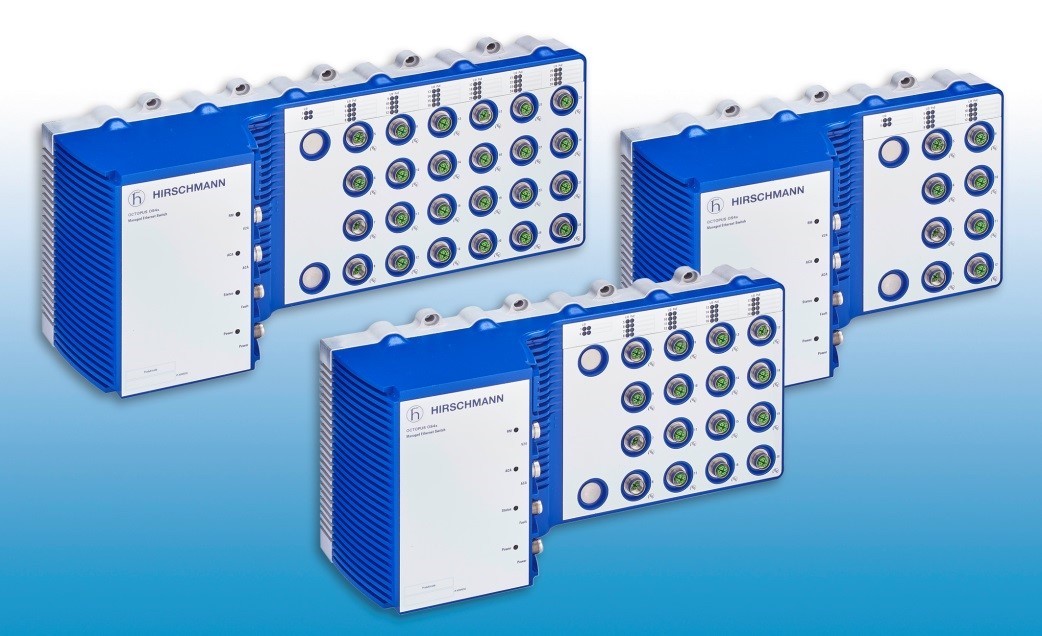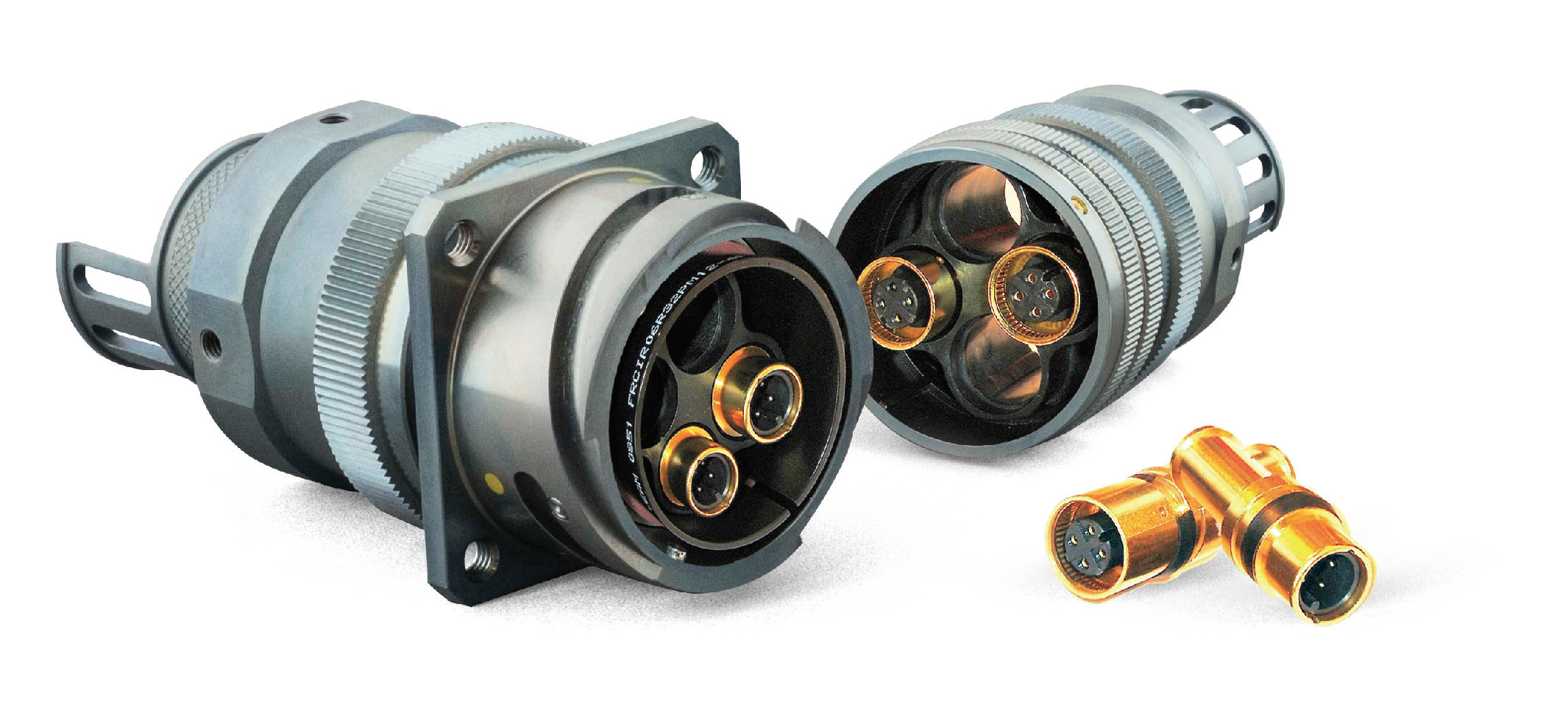Five Ways the Industrial Internet of Things is Making Rail Better
Connected technologies are making cargo and passenger rail transport more efficient, transparent, and secure.
Dramatic changes are occurring in rail travel and transport as connected technologies come into use for scheduling, tracking and monitoring, autonomous systems, safety and performance systems, and passenger amenities. Examples around the world show a mode that is leveraging new technologies to improve every aspect of operations.
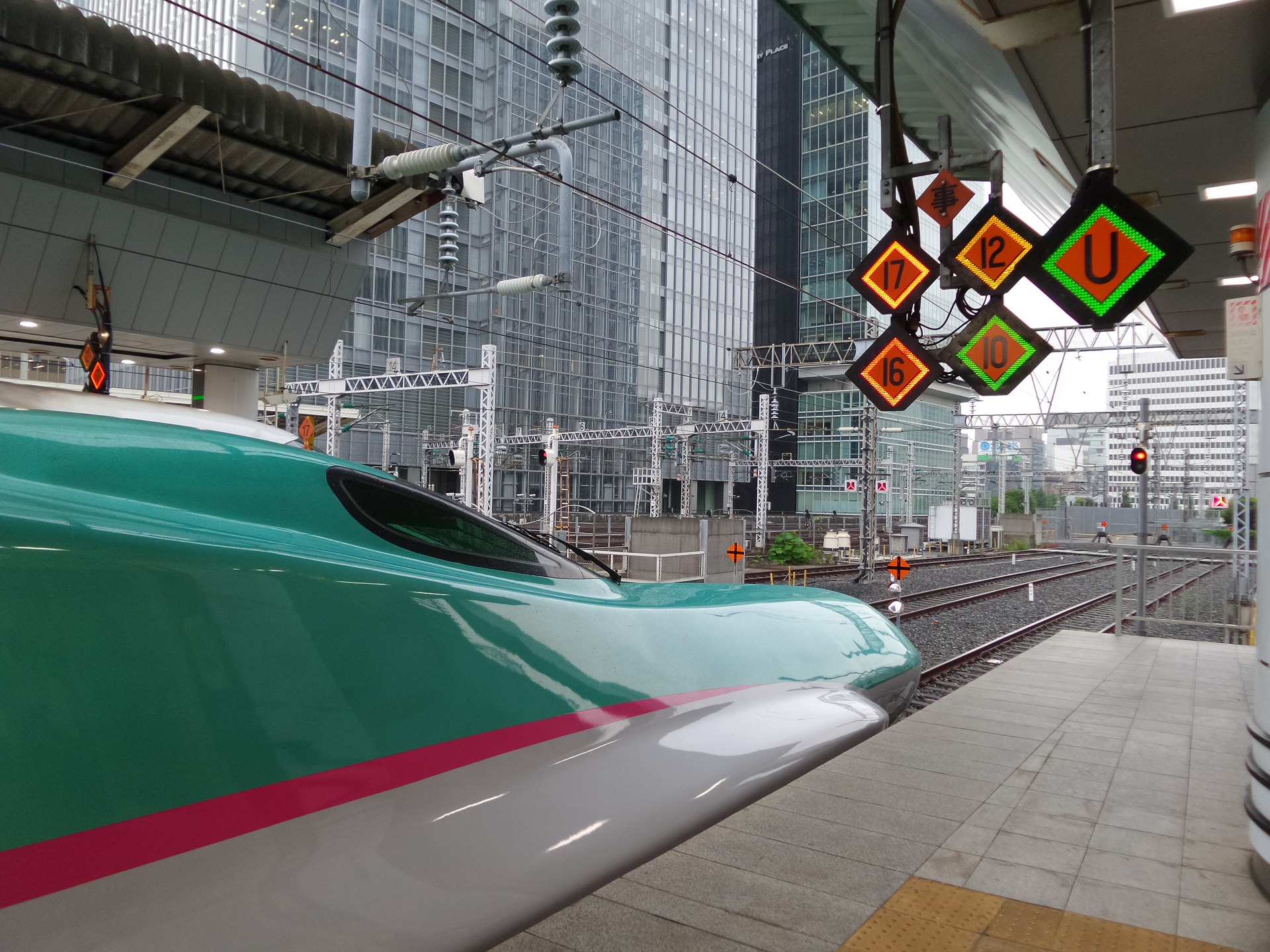
A Japanese shinkansen bullet train.
The China Railway Highspeed Rail Project will feature autonomous, driver-guided trains running at speeds up to 239 miles per hour. It is projected to open in advance of the 2022 Winter Olympics. Hitachi is bidding to create a high-speed line between Dallas and Houston in Texas that would cover 240 miles in 90 minutes using Japanese shinkansen bullet trains. The trains use an automatic train control system and sensor networks to monitor a variety of conditions, including track conditions and the potential for earthquakes. Richard Branson’s Virgin Hyperloop One rail, based on Elon Musk’s design, is in development in India. Trains will move through a sealed tube without friction, enabling travel at speeds up to 760 miles per hour.
These projects will all depend heavily on the Industrial Internet of Things (IIoT). The IIoT enables railroad companies to use sensors, data analytics, and cloud computing to collect and analyze data from rolling stock, cargo, passengers, and stations to manage operations and performance. Connected infrastructure can go a step further, enabling railways to integrate security, cyber security, emergency communications systems, track monitoring, surveillance and video applications, and signaling systems. New trains will have these systems designed into each car. Older rolling stock can be retrofitted with sensors, antennas, and Ethernet-based systems that can connect individual cars to one another, to a driver or autonomous driving system, and to an operations center via the cloud. Antennas that can handle 2G, 3G, 4G, 5G, LTE, Wi-Fi, and GPS/GNSS services can be attached to cars, stations, and other points along a route, giving riders connectivity on a range of devices and facilitating connectivity between trains and operations centers.
TE Connectivity is supplying new 5G-ready antennas to rail operators. These antennas can be attached to the exterior of rolling stock and to the interior ceiling of rail cars using N- and TNC-type RF connectors and offer data throughput that’s at least four times faster than earlier antennas in congested environments, as well as 40% higher peak data rates. They incorporate one or two antenna elements for MIMO operation, support frequencies extending from 698MHz to 6,000MHz, and are also suitable for legacy communications (i.e., 2G, 3G, and 4G), Wi-Fi, WiMAX, GNSS, and GSMR, allowing rail passengers to access real-time travel information and high-speed Wi-Fi and to watch streaming video or work remotely during travel. The new antennas meet the EN 45545-2 standard covering fire performance of materials and components for trains, as well as EN 50155, which covers various aspects of electronic equipment used in railway rolling stock.
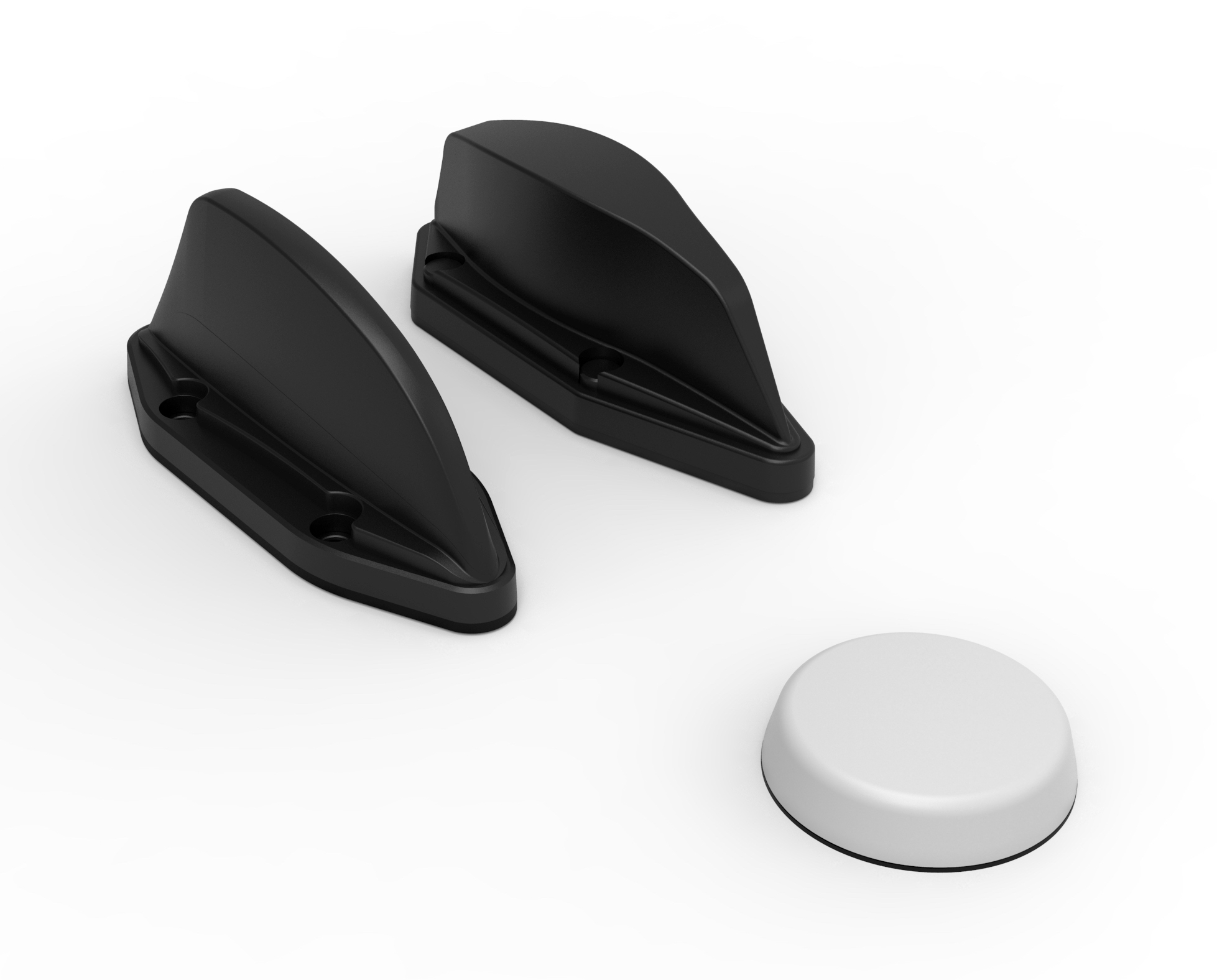
TE Connectivity’s new wideband MIMO antennas are especially designed to bring 5G technology to the rail industry to provide operators and passengers with higher speed and higher quality data communications capabilities ranging from accurate, real-time travel information to interruption-free Wi-Fi for even the most demanding video applications.
Connectivity is already impacting the world’s rail networks. Here are five key ways.
Smart Freight Technologies Improve Tracking and Visibility
Billions of tons of freight traverse the world by rail every year. The IIoT can be used to track and monitor customer products, railway assets, and ticketed passengers in real time. A variety of companies are making connected devices that help maintain visibility of trains and cargo. Bosch makes the AMRA (asset monitoring for railway applications), a wireless monitoring box outfitted with sensors that can measure shock, temperature, and other conditions. It can be attached to a rail car via a simple circular connector. This hardware collects information about the car and its freight, and an integrated data transmitter connects the system with the cloud. The data is then transmitted to a server, where it can be analyzed in real time. “The new system creates transparency along the logistics chain of rail, road, and sea transport, and contributes to more efficient management of the increased volume of freight transport,” says Bernhard Bihr, the president of Bosch Engineering.
Rail Passengers Enjoy High-Speed Connectivity
Infotainment has become a critical part of the transportation experience across modes. Air passengers enjoy enhanced cabin entertainment options, commuter buses offer onboard high-speed internet, and rail passengers expect the same. Belden’s OCTOPUS Managed IP67 PoE switches are among a new generation of products designed to support high bandwidth needs of rail IIoT technologies. The switches are approved for international train use alongside tracks or onboard trains and are built to endure vibration and moisture. They feature a L-shaped housing that makes it easier to fit into the condensed operating spaces that are common in rail, said Belden product manager, Rolf-Dieter Sommer. “As the Industrial Internet of Things increases the number of devices typically operated across a network, bandwidth expectations also rise, while the available operating space often decreases.” Components that can provide rugged connectivity in a small, lightweight package are ideal for industrial settings and make it easier for operators to upgrade existing equipment.
Signaling and Control Technologies Keep Busy Rail Networks Running Safely
Rail operators around the world are working to bring their networks into compliance with mandates to implement modern signaling and control technologies. In the US, Positive Train Control (PTC) technology is being implemented in advance of a December 2020 deadline. PTC is a wireless communication system that prevents train-to-train collisions, derailments caused by excessive speed, unauthorized incursions by trains onto sections of track where maintenance activities are occurring, and the movement of a train through a track switch left in the wrong position. A control unit installed in the locomotive receives information about track and signal conditions. PTC infrastructure might include an onboard navigation system, coded track circuits, wireless transponders, and other communication elements, depending on country-specific requirements. In addition to PTC, other train control systems are becoming part of the IIoT as well. PTC sensor systems can be attached via a standard bayonet-style connector. In the UK, the technology is referred to as TPWS (Train Protection Warning System). In Europe, legacy control systems that predate the European Union are being transitioned to one automatic train protection standard called the European Train Control System (ETCS). ETCS is also being deployed in Asia, the Middle East, China, Australia, New Zealand, and other countries and regions.
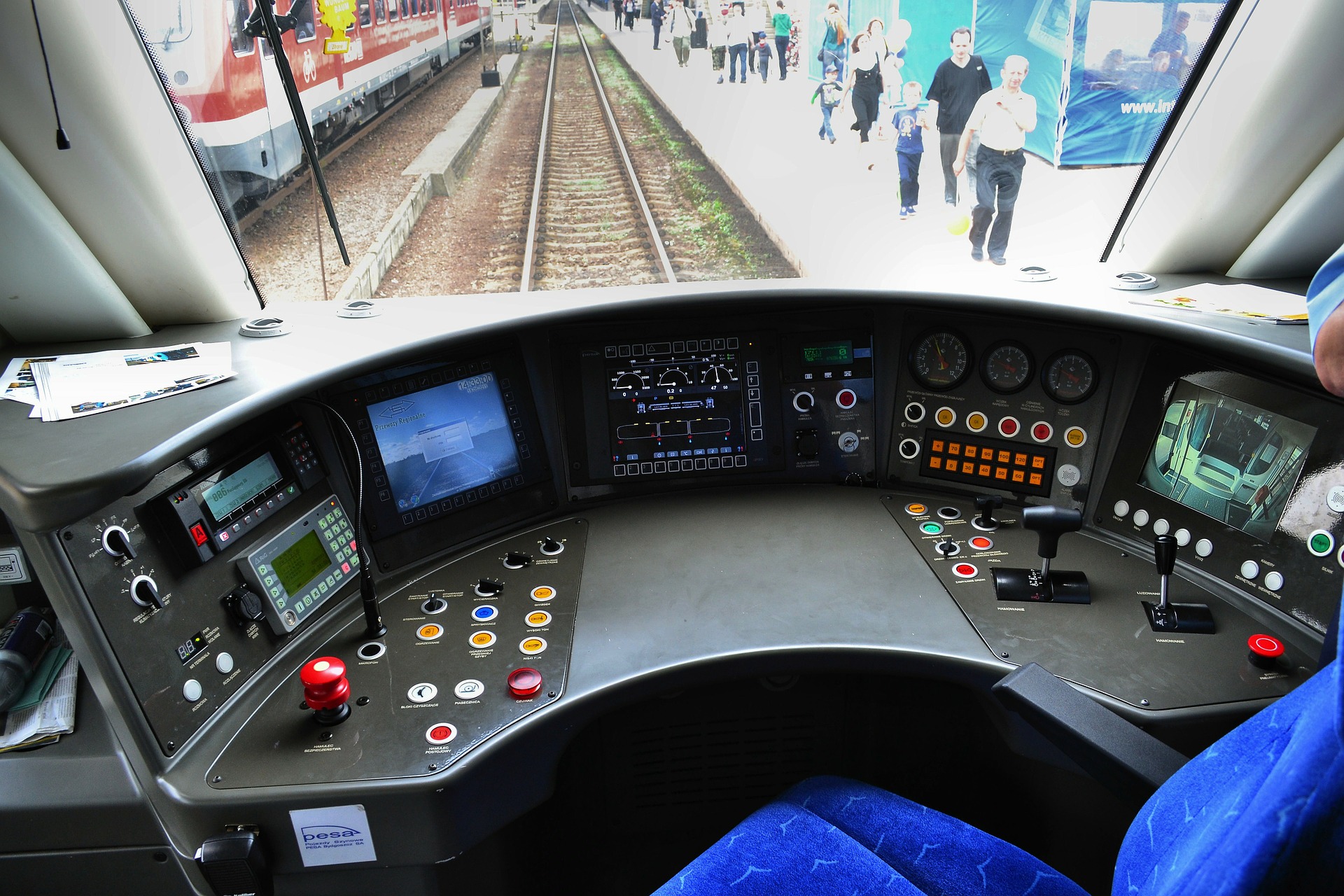
Modern train consoles are equipped with advanced signalling, control, and monitoring technologies.
Smart Metering Technology Keeps Costs Down
Full implementation of 5G will allow rail networks to join a smart grid of energy supply networks. This will enable operators to improve efficiency of energy use, lower energy costs, and reduce carbon emissions while making energy data easy to monitor. Additional sensor technologies will enable operators to identify areas where energy is wasted or where inefficiencies on the track or in cars lead to loss. Smart metering technology is already underway in Europe through the European Partnership for Railway Energy Settlement Systems (ERESS). Future energy regulations will be implemented through the installation of onboard measuring devices on the trains, which will track energy consumption data. This enables operators to calculate energy costs and make informed buying and usage decisions.
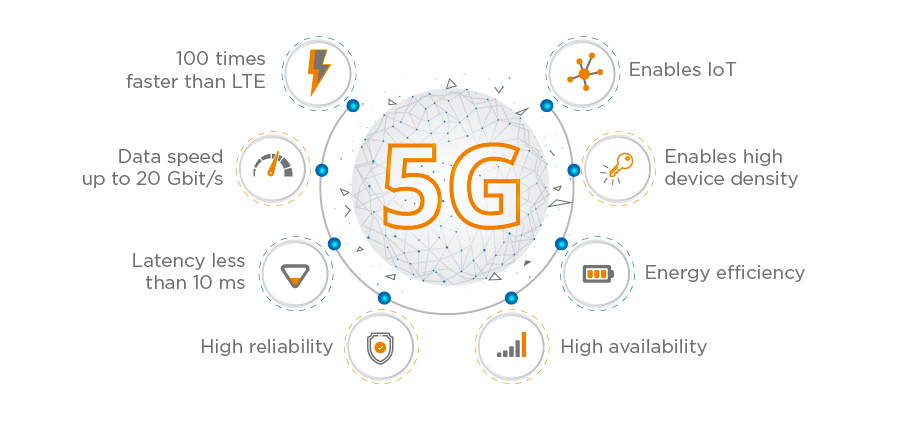
A TE Connectivity diagram illustrating the various benefits of 5G connectivity.
Rolling Stock and Rail Assets are Easier to Maintain
The IIoT will help reduce performance issues related to track, car, or other equipment failure, damage, or wear by monitoring conditions and issuing predictive maintenance recommendations. IoT-enabled services could include decision-making about use schedules and relocation of assets. In Japan, where high-speed rail has been in use for many years, aging rail infrastructure could be a liability. Rail operators are implementing IIot solutions to collect data on equipment and track conditions. This enables railways to devise conditions-based maintenance schedules based on actual use rather than on time-based schedules.
ITT Cannon’s Veam CIR M12 circular connector was designed after a rail industry request for a durable product that would to facilitate connectivity between coaches. This solution bundles multiple Ethernet, video, WTB, MVB, and signal lines in a single connector that can withstand the challenging environmental conditions that are present in rail operations. These connectors support systems that include engine diagnostics, brake controls, environmental conditioning, passenger display systems, networking and lighting control.
Like this article? Check out our other New Technology, rail, and IoT articles, and 2019 Article Archive, and our Transportation Market Page.
- Where in the World is Amphenol LTW’s Luc Kan? - April 23, 2024
- TE Connectivity’s Sustainability Efforts Pay Off - April 23, 2024
- What is a VGA Connector? - April 23, 2024
